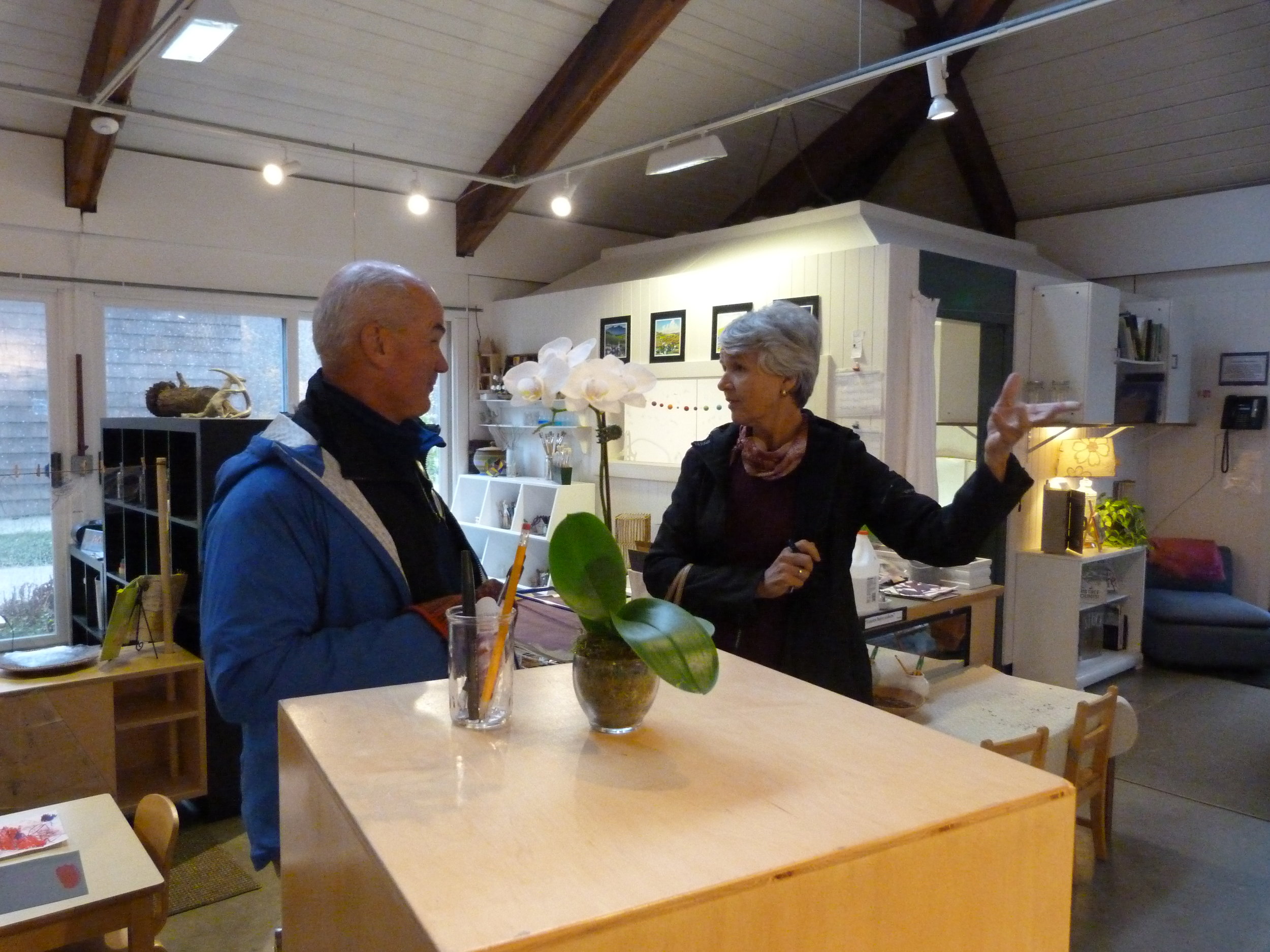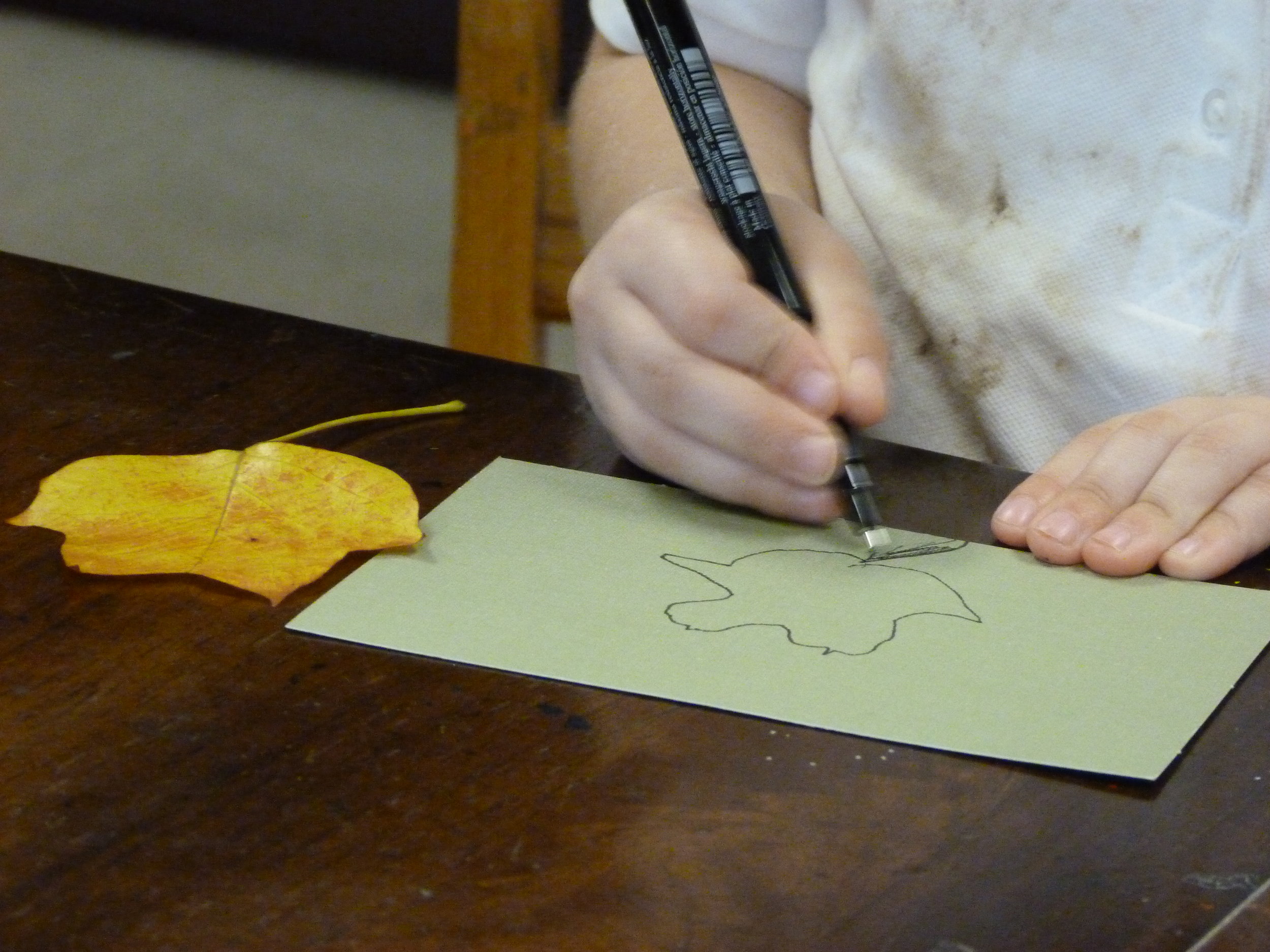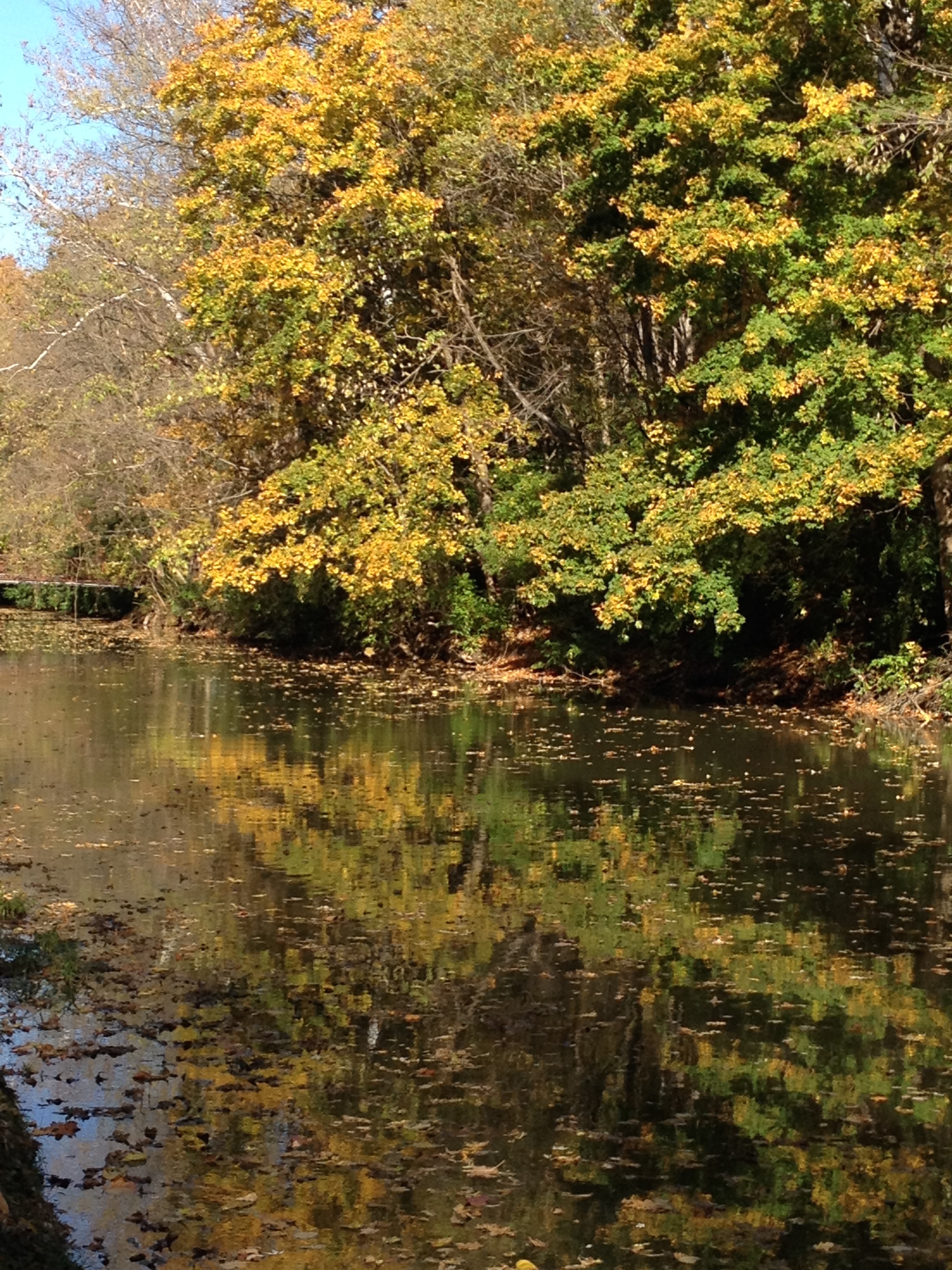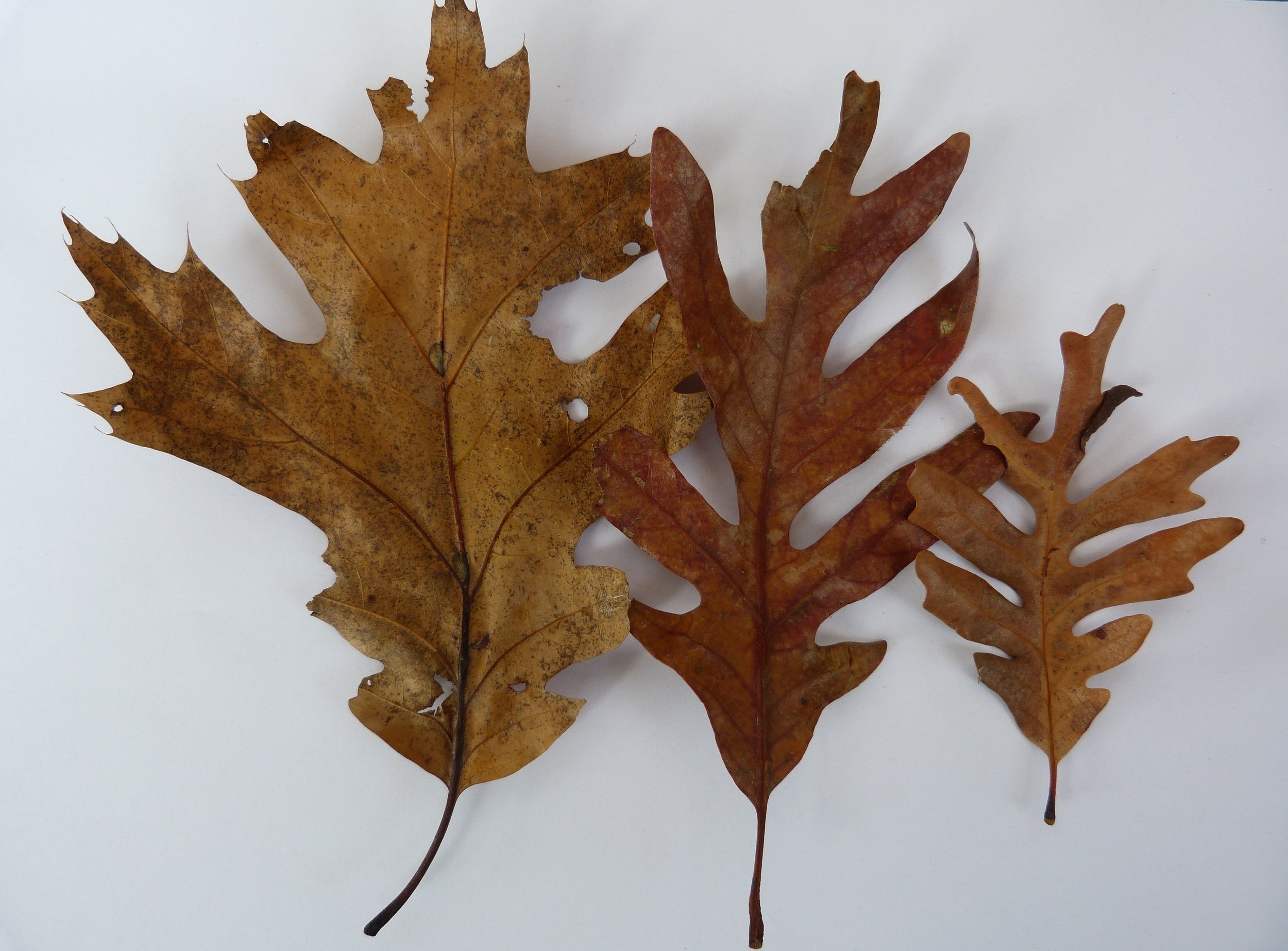 When it rains it pours, or it least that is the way it seems to me. I am referring both to creativity and the connections that have started to fire all of a sudden and all over the place in my brain and memory as well as the real rain that is now pelting down in Boston. Last week we were in Indianapolis where I was inspired by my lovely friend and colleague, Penny Dullaghan who was all about leaves! Leaf photos, leaf prints, leaf sculptures hiding her family, even leaf constellations made from sweet gum leaves...you can see most of these on instagram. Take a look! Penny's creativity and the fun she was having rubbed off on me.
When it rains it pours, or it least that is the way it seems to me. I am referring both to creativity and the connections that have started to fire all of a sudden and all over the place in my brain and memory as well as the real rain that is now pelting down in Boston. Last week we were in Indianapolis where I was inspired by my lovely friend and colleague, Penny Dullaghan who was all about leaves! Leaf photos, leaf prints, leaf sculptures hiding her family, even leaf constellations made from sweet gum leaves...you can see most of these on instagram. Take a look! Penny's creativity and the fun she was having rubbed off on me.
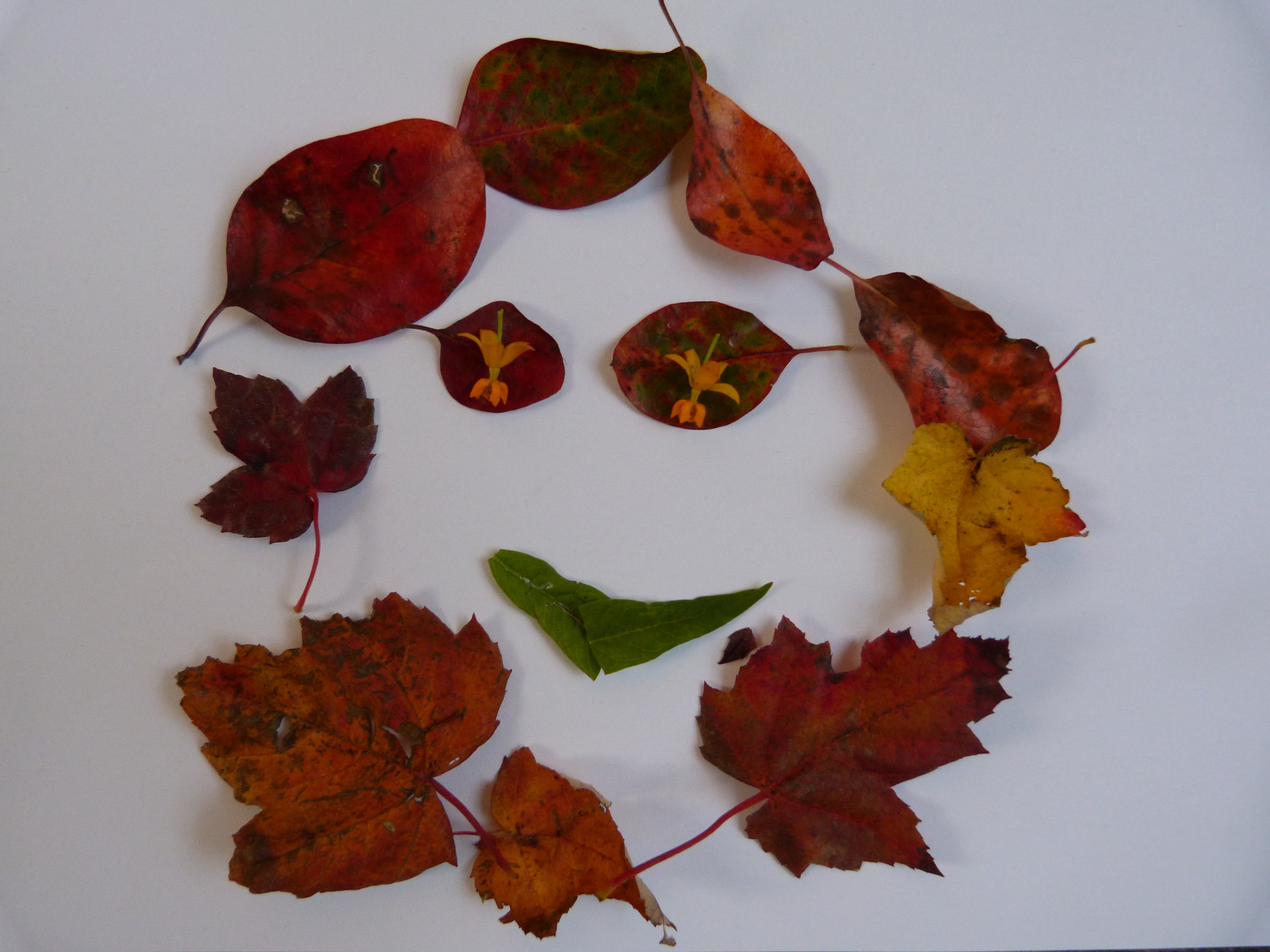
Now, I am drinking tea, staying warm inside while looking out the back kitchen windows of our city condo at the yellow maple leaves that are muted in gray mist, now falling in the steady wind. During the last few days I have played with leaves too...collected them, lined them up, made leaf boats, photographed them, even made leaf portraits inspired by my friend and colleague, Sarah Hassing atelierista at The College School, who does this kind of work often with children.
Today, Ashley and I went to the De Cordova Museum in Lincoln, MA to join the Hawkins Centers of Learning group for a morning of messing about with water and other materials all centered around pond water and a current exhibition at the De Cordova, Walden revisited. The Hawkins Gathering was was made up of teachers of young children, artists, botanists, engineers, museum educators, professors...such a diverse group! We had been given readings to think upon, excerpts from Thoreau's Walden, excerpts from David Hawkin's thoughts on Pond Studies and an article on learning to see. So many perspectives to consider, so much to learn about, so much fun messing about. We were also fortunate to visit the classrooms of Lincoln Nursery School which is housed in the former artist studios at the museum. What a wonderful place to consider Reggio-inspired environments, provocations and student work.
One more leaf connection. While in Indianapolis, working with IPS/Butler Lab School, I worked alongside studio teacher, Rachel Kesling to encourage a small group of kindergarten and first grade students to study some maple, tulip and oak leaves collected from around the school grounds. What did they notice? What colors? shapes, features, textures? Could they draw contours slowly as if following a small insect crawling around the edges of the leaf and inside the structure?
Journi noticed, "There are lots of different yellows and browns, not just one...like there is a light brown, a dark brown and a medium brown."
Benjamin said, "Look at this leaf!" (a smallish, skinny oak leaf), "There is barely room for this leaf to have a middle!"
Encouraging children to look closely and describe what they see, and listening closely to what they have to say, and noting it, is a fundamental tenet for the educators in Reggio Emilia that inspires many of us. Likewise, asking children to draw what they see with the time and the proper tools is also critical to understanding how the world works and how to really see. By the way, have you rediscovered the third edition of The Hundred Languages of Children? Such a rich, newly updated resource. The last chapter by Edwards, Gandini and Forman lists 21 points about the work in Reggio Emilia for us to consider. All of the points are provocative and worthy of much dialogue around our practice. Among them, of course, are drawing (1), wondering (14) and group dialogue (19). We highly recommend reading the entire new edition!
So...what are my themes in all this? Messing about, making connections, finding patterns, seeing, wondering, learning, playing, having fun, together, making beautiful work. What could be more important?




